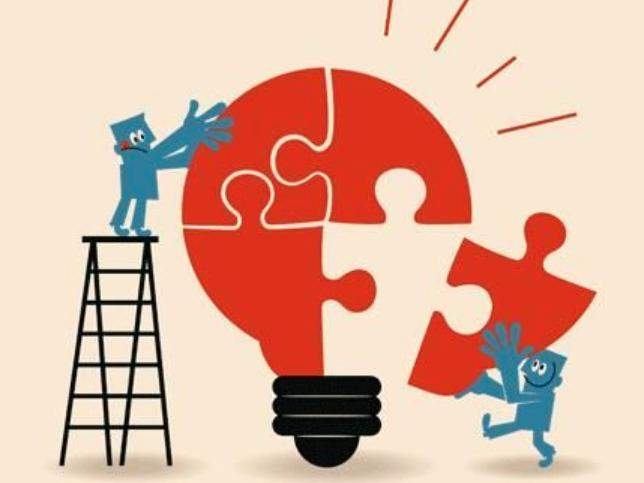Piaget's learning theory

- 2102
- 646
- Frederick Cormier
Although there are substantial differences between the T of Piaget and Vygotsky They are not opposed since they share a conception of development that moves away from the empiricist and traditional rationalist conceptions. Piaget's cognitive development theory is an integral theory about the nature and development of human intelligence. It was first created by the Swiss Development Psychologist Jean Piaget (1896-1980)… Child-centered classrooms and "open education" are direct applications of Piaget's views.
You may also be interested: Piaget's stadium theoryPiagetian theory
It is considered the most elaborate so far and that of greatest influence within the field: what is explained in art for the great amplitude of its claims:
- Piaget intends to develop a genetic epistemology, that is, a "theory of knowledge" from the explanation of its "Genesis and Psychological Development".
- In this effort, he argues that what essentially characterizes knowledge is its "creative" nature, which implies an "active" subject: to "know" not only perceives and reacts to objects without "acting" on them transforming them by transforming them.
Piaget extends the biological model of an organism's growth to the psychological problem of intelligence development: it is a complex process that supposes "adaptation" to the environment (external plane) and "organization" Psychological (internal plane):
- The adaptation It occurs through two types of complementary processes, among which "balance" must be given: The asimilation, which occurs when the subject tries to interpret and incorporate the information from the environment from the available schemes.
- Accommodation, which supposes the modification of these previous schemes to make them consisting of the new experiences. The internal organization It reflects the structures and changes that occur within the natural tendency of the organism towards higher levels of equilibrium: the synchronous or horizontal organization: it is the structural result of the adaptation achieved at all times (each "stadium" of development: sesoriomotor, preoperative , concrete operations, formal operations) The diachronic or vertical organization: translates the qualitative changes that occur in intellectual structures ("transition" between stages: continuity and change of general sequence, universality and order of succession)
The basic mechanism whereby such changes explain is "balance":
- "Balancing" is conceived as an internal and self-regulatory factor that guides the processes of adaptation to the environment, allowing progressively "organized structures)" more adapted "structures, more balanced, in its form of relationship with the environment.
- These set structures, to the extent that they suppose a certain stable equilibrium standard (to some extent) is what allows us to define and characterize the different stadiums (forms of organization) of development.
- Balance is not the result of the fortuitous balance between opposing forces, but a goal actively sought and achieved by the organism itself.
Piagetian theory It has undoubted merits, but has also received serious criticism.
- In general, most of them refer to aspects that are commonly considered "careless" by theory.
- In particular, it is worth highlighting the complaint that has been made of the little role that Piaget appears to attribute to language and social factors in development.
Post-gay models about change mechanisms
Explanatory proposals of ontogenetic change that have in common their ability to be formulated precisely and operational, through a computational model.
Production rules systems. The PI approach as formulated by David Klahr, postulates a basic cognitive structure that does not change with age in its aspects fundamental, and described through productions systems. A production is a condition-action rule, that is, from the fulfillment of a certain condition, it establishes the realization of a certain action. The actions can modify the state of knowledge of the system by adding, eliminating or changing the existing elements; The actions can also correspond to perceptual or motor interactions with the environment.
Klahr Proposes the existence of a set of innate productions from which, and through self-modification, the system learns and develops acquiring new productions. To achieve this objective, the system has a series of specific mechanisms such as those of resolution of Conflicts, discrimination and generalization. The explanatory capacity of this approach is reduced to the explanation of quantitative changes in specific tasks and domains.
This article is merely informative, in psychology-online we have no power to make a diagnosis or recommend a treatment. We invite you to go to a psychologist to treat your particular case.
If you want to read more articles similar to Piaget's learning theory, We recommend that you enter our category of evolutionary psychology.

